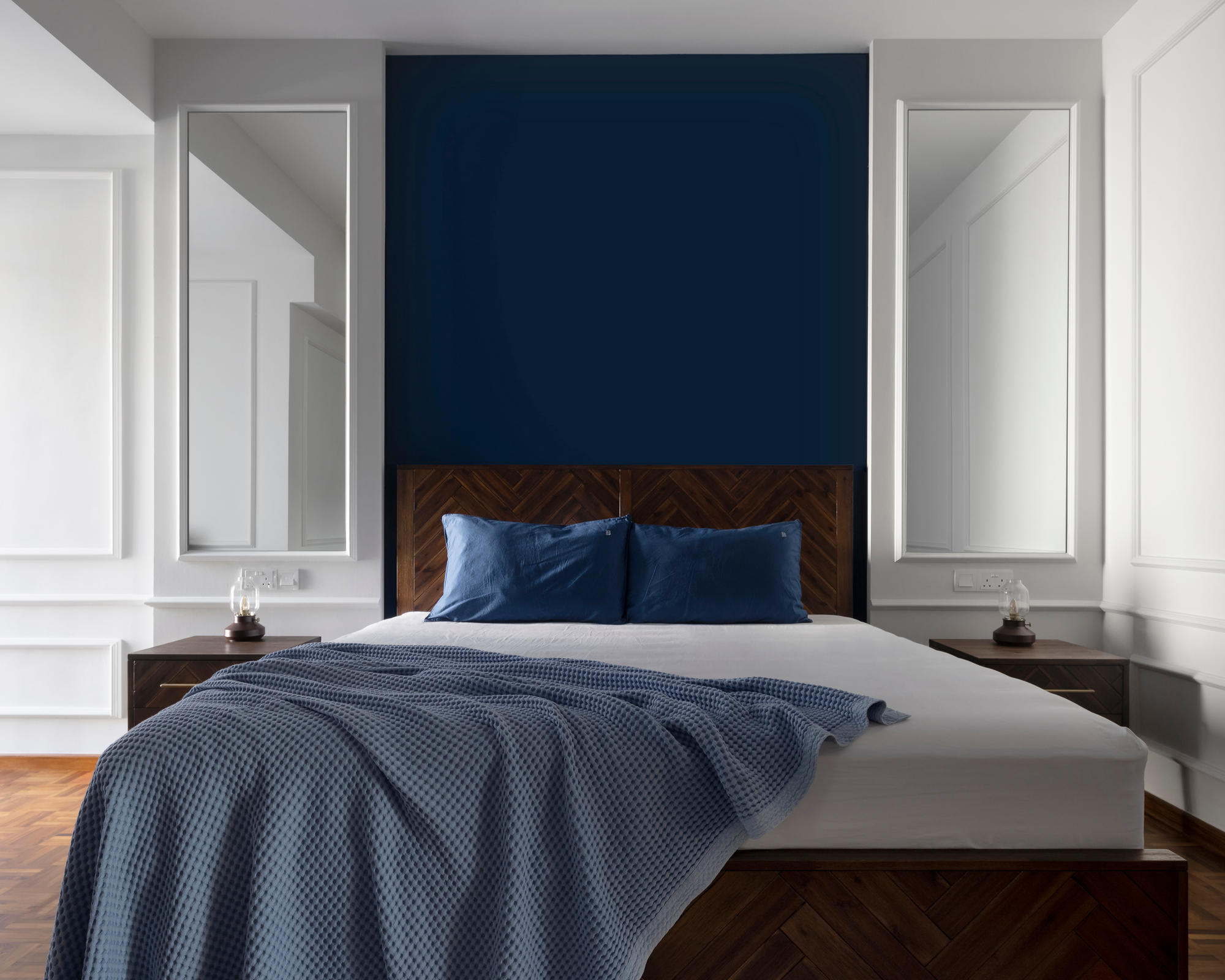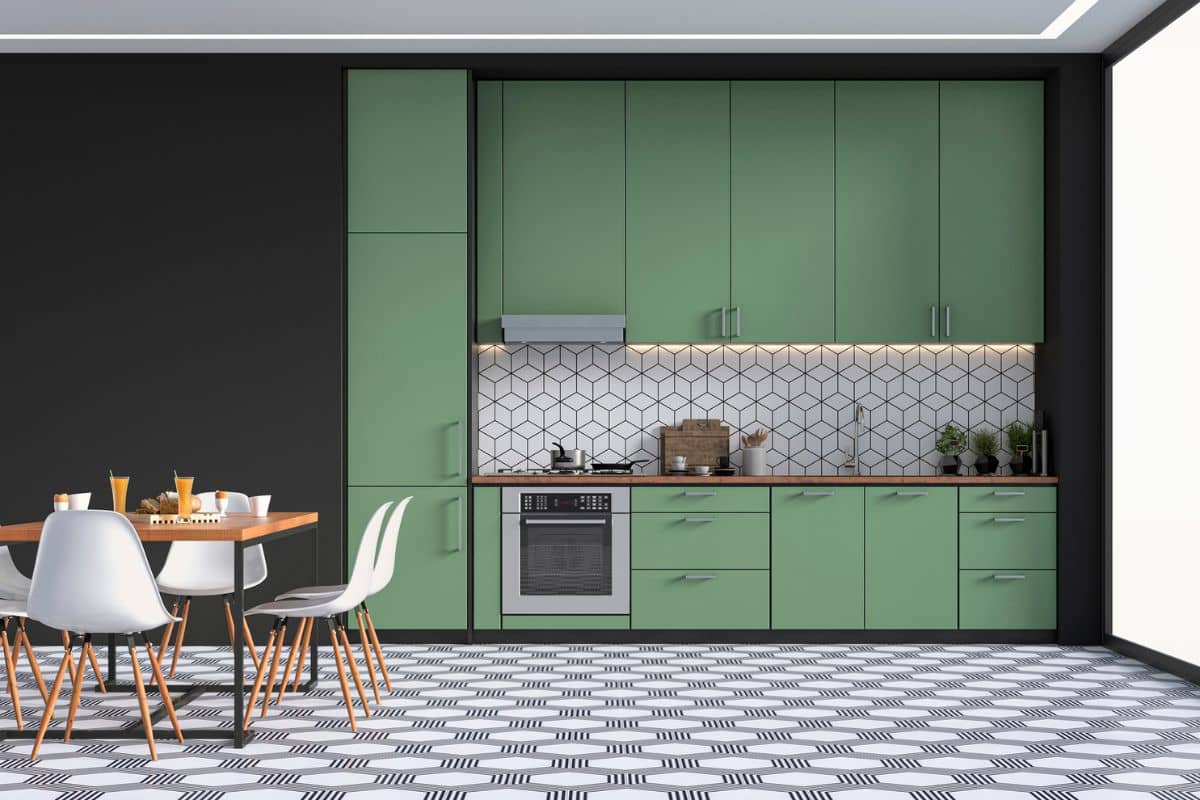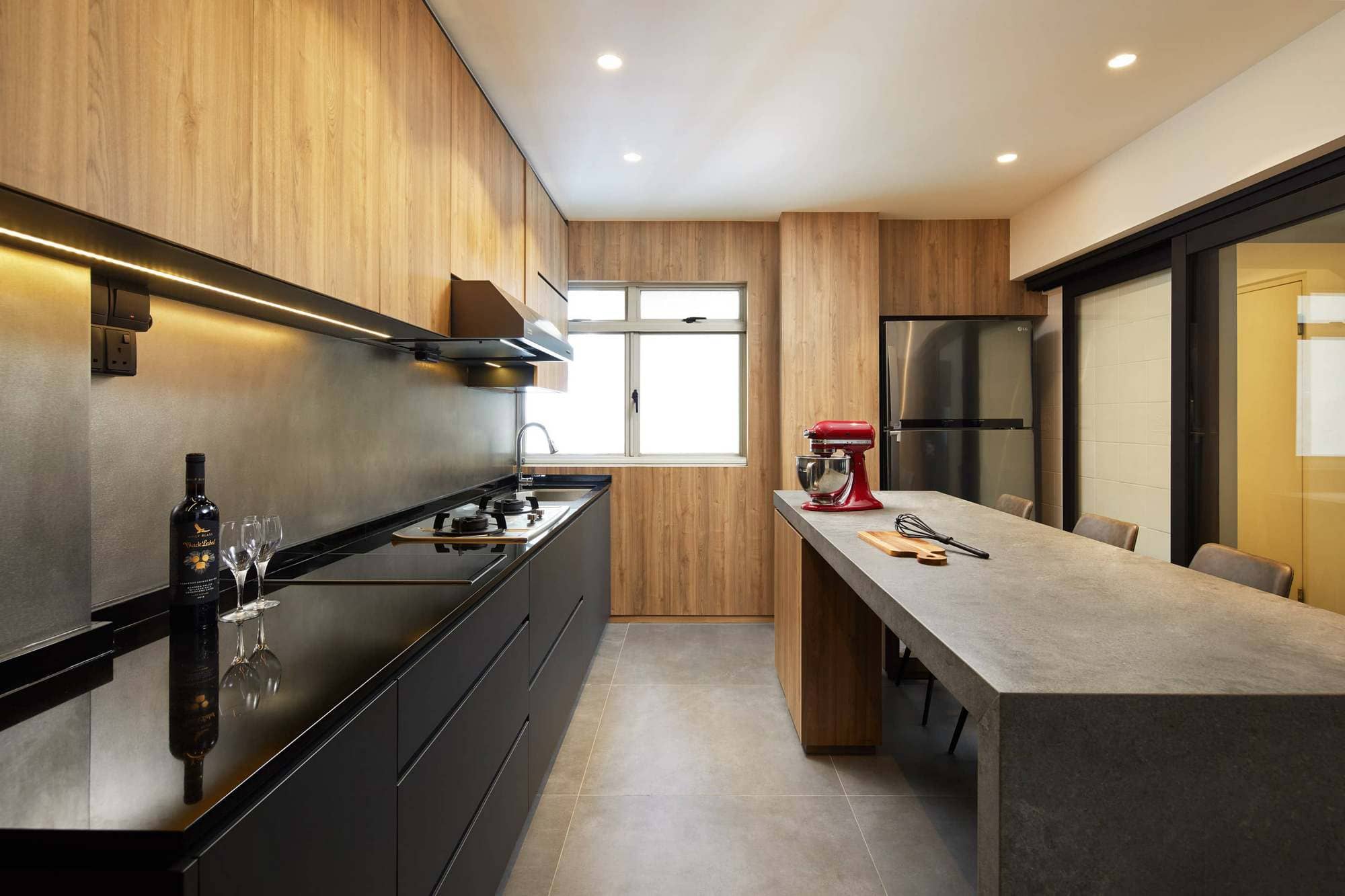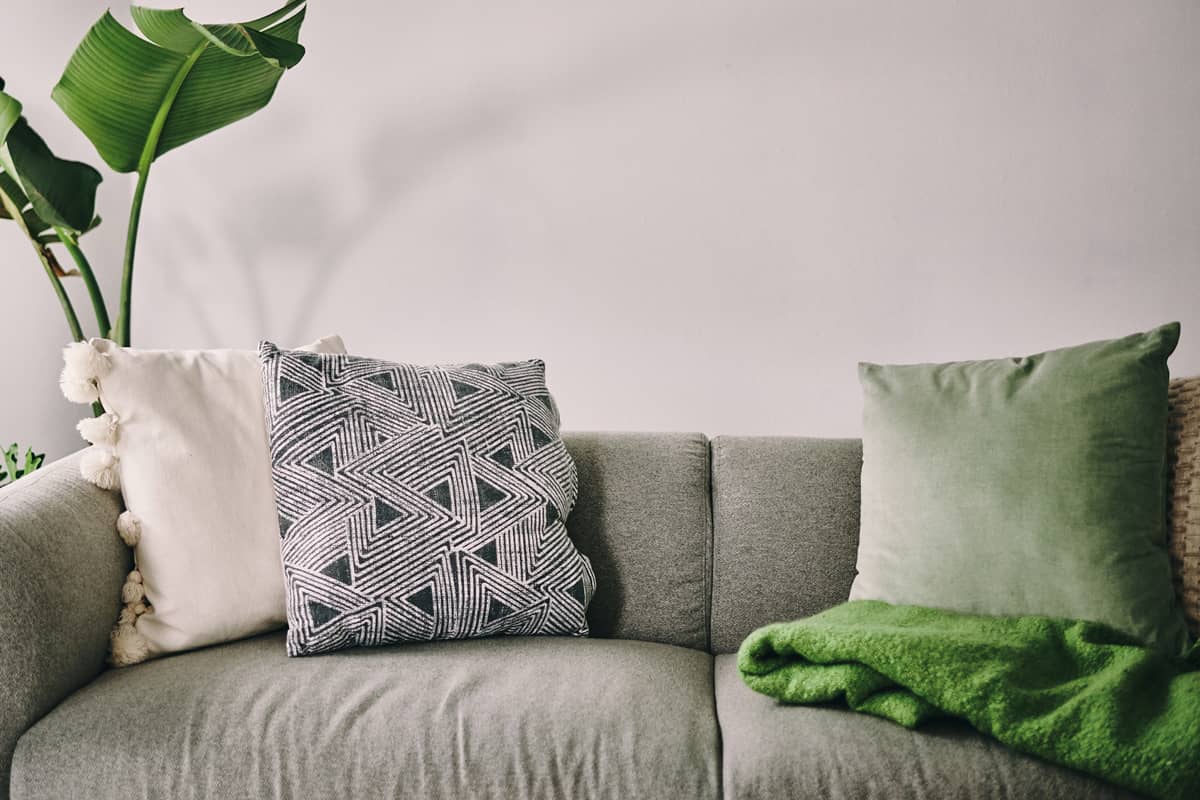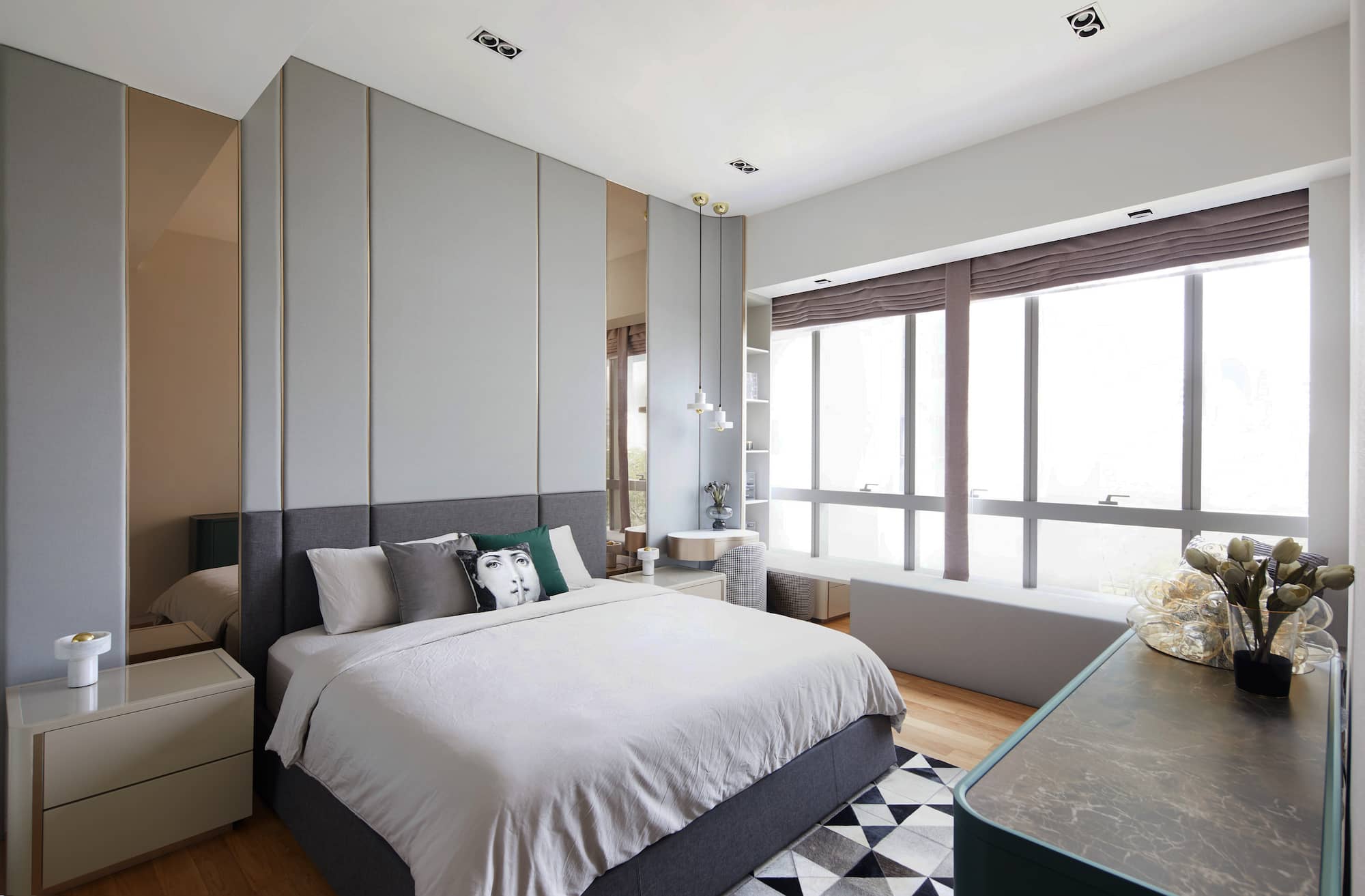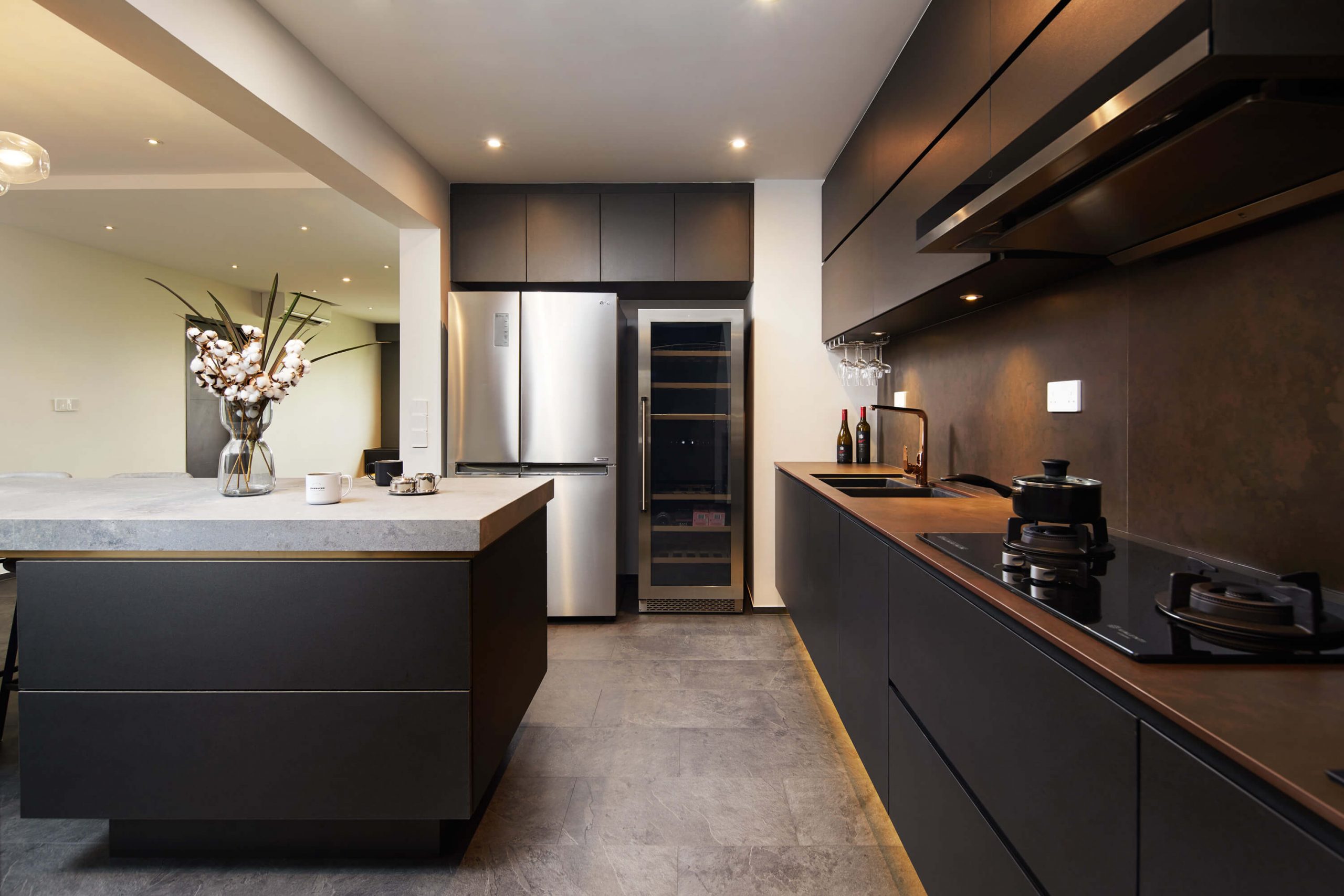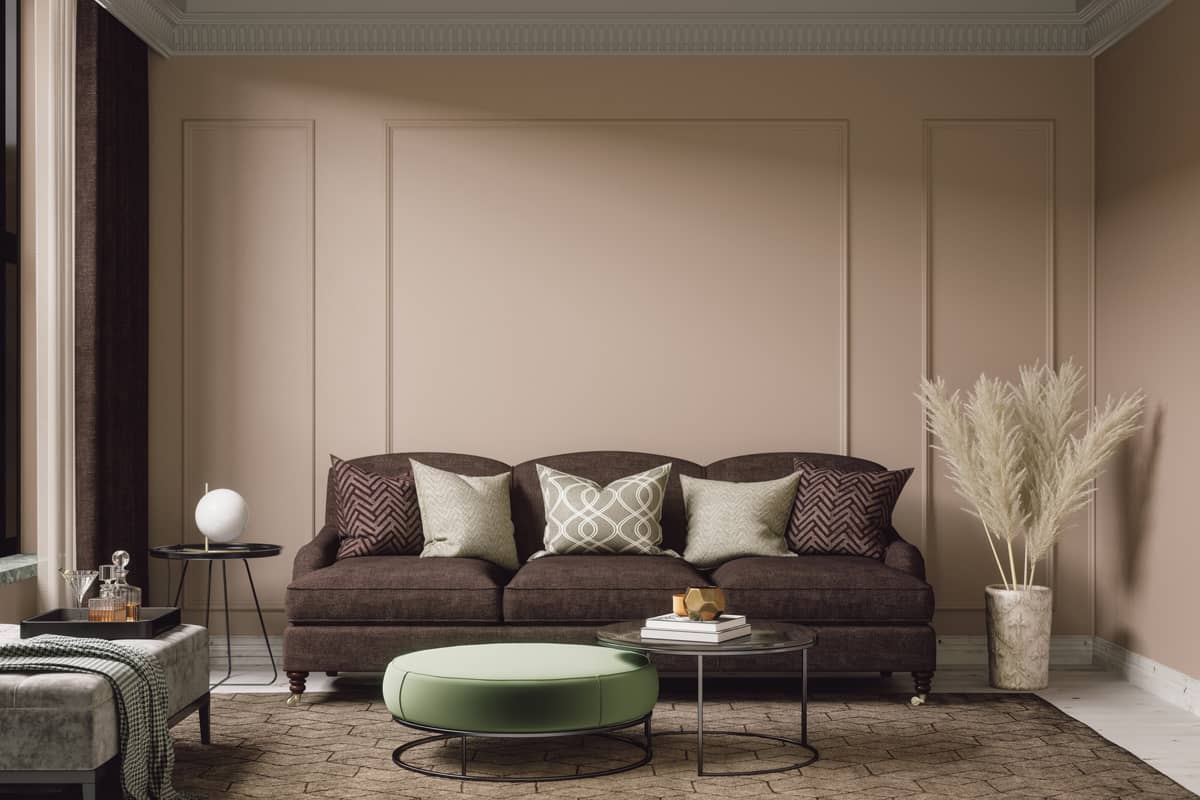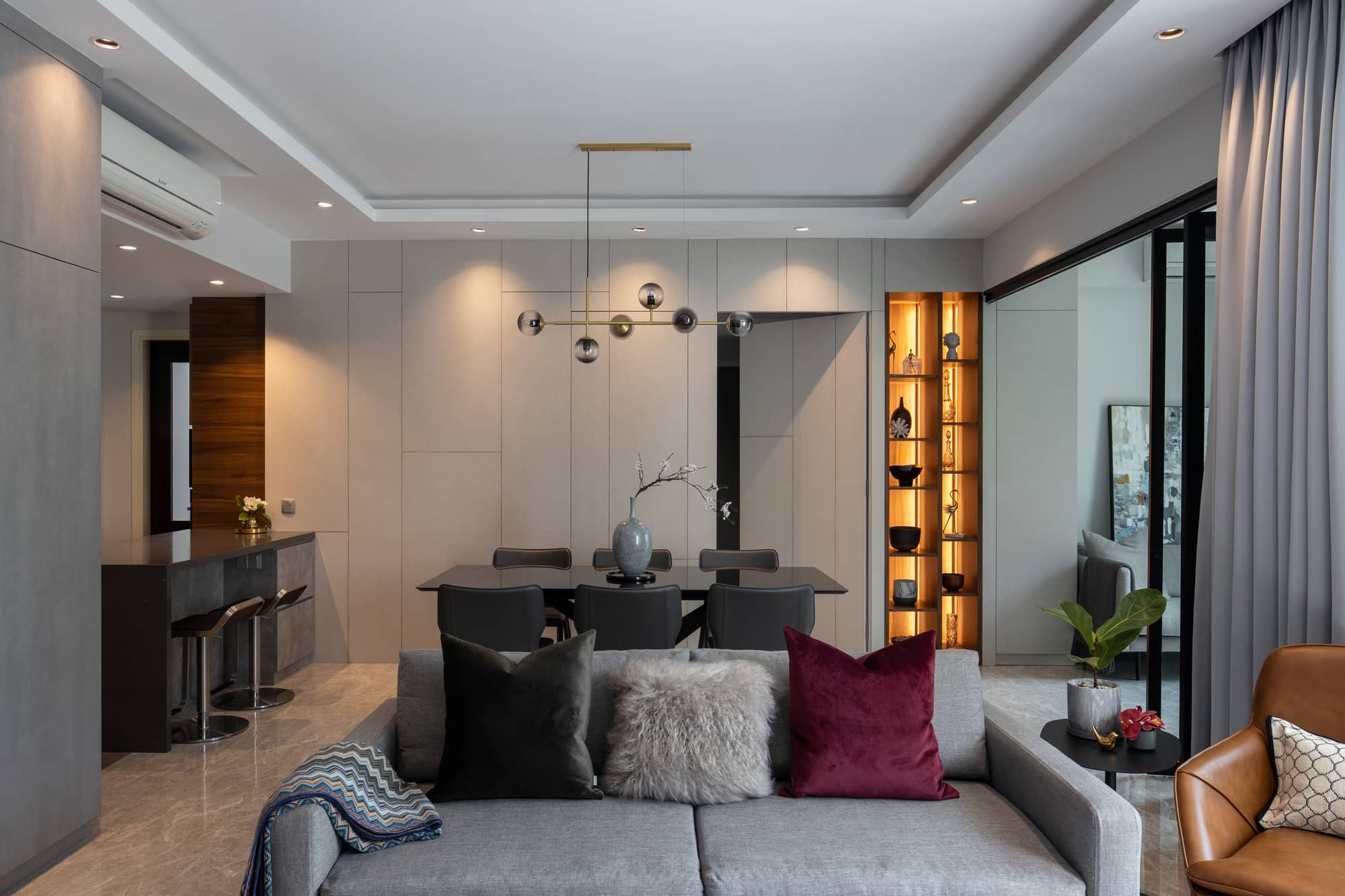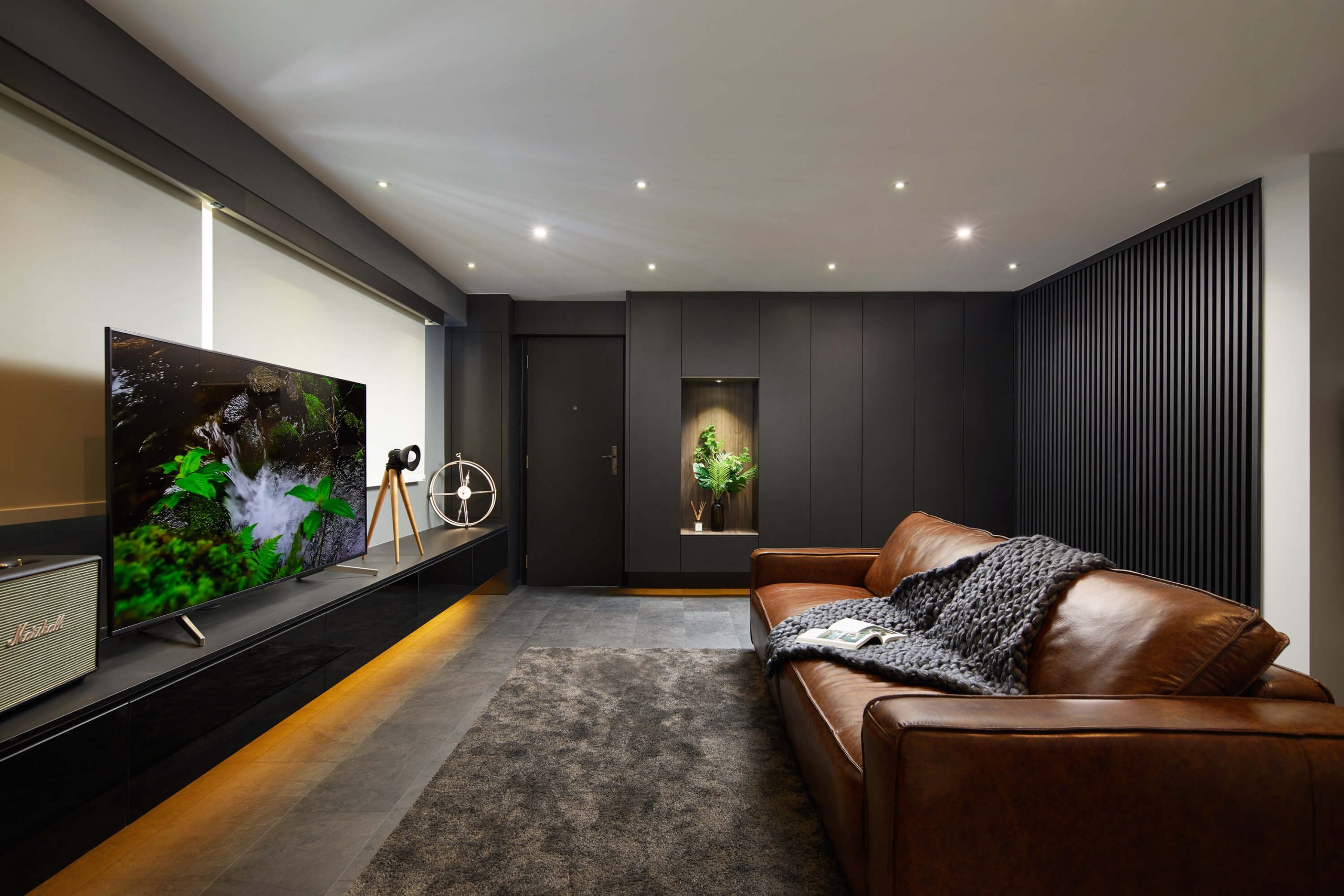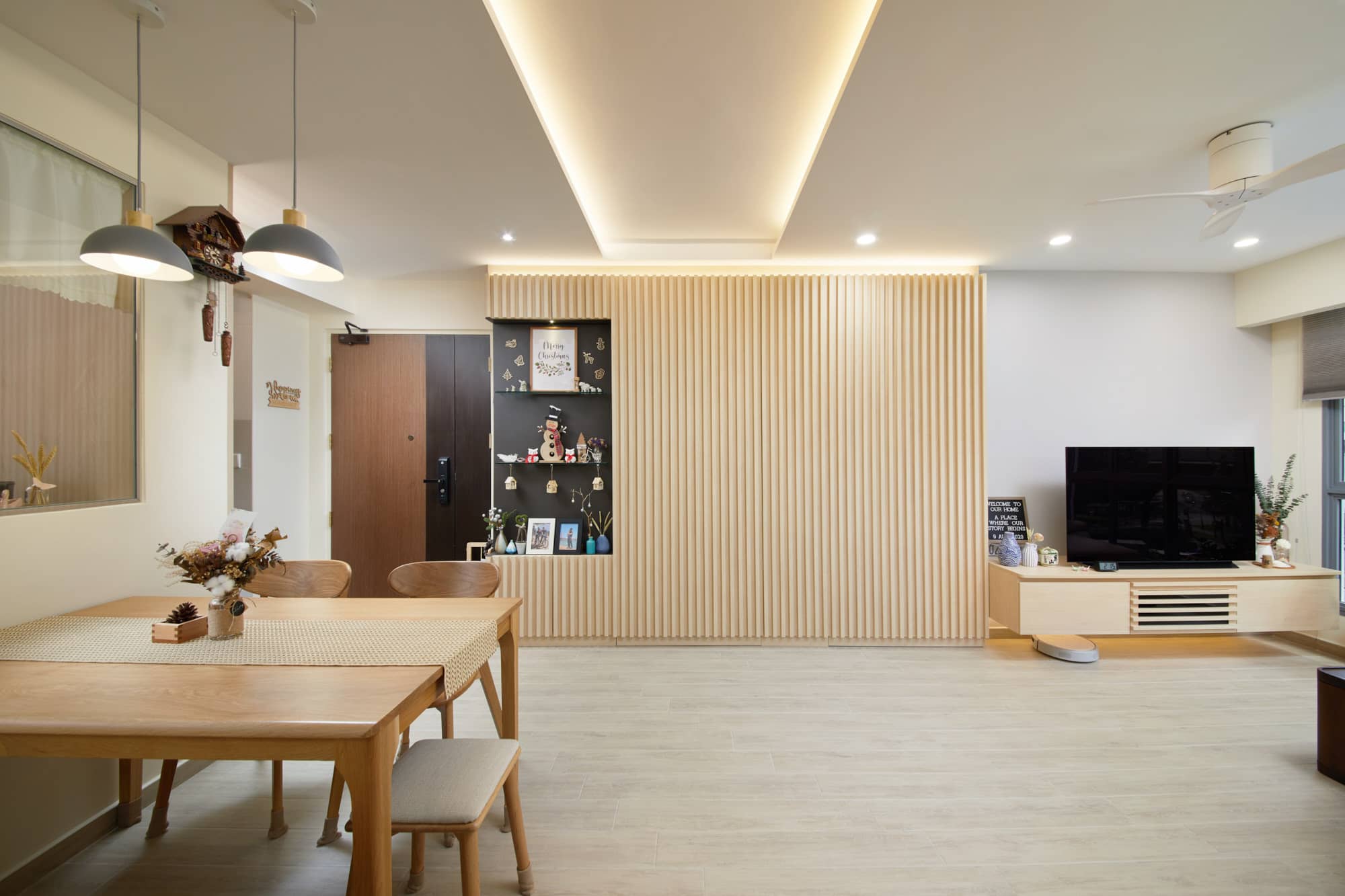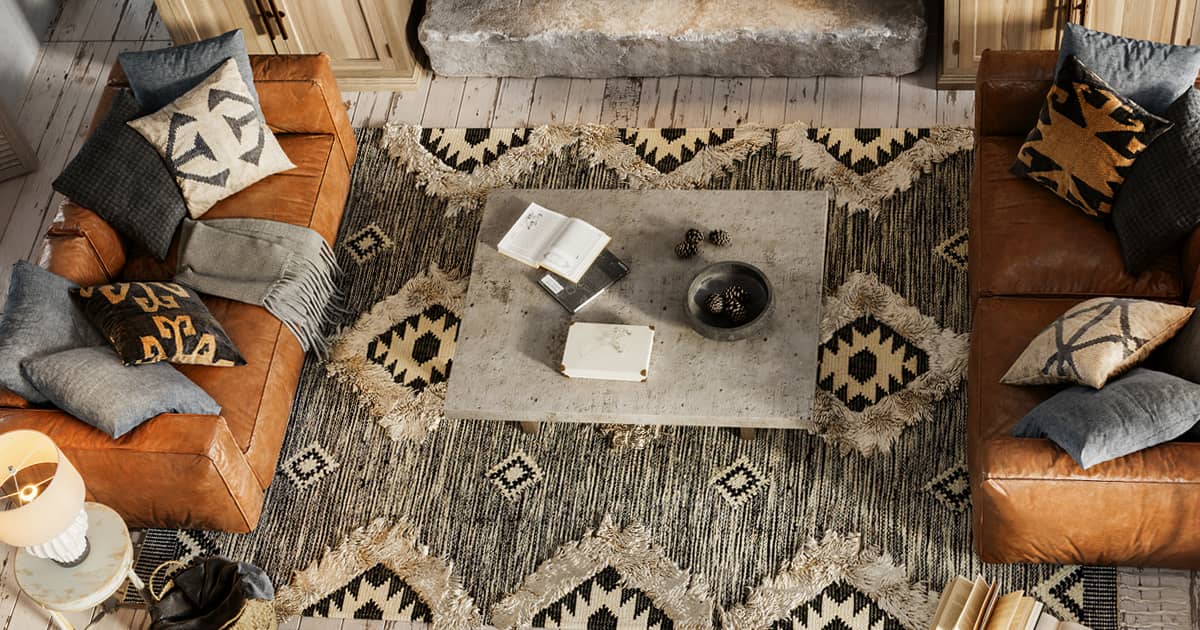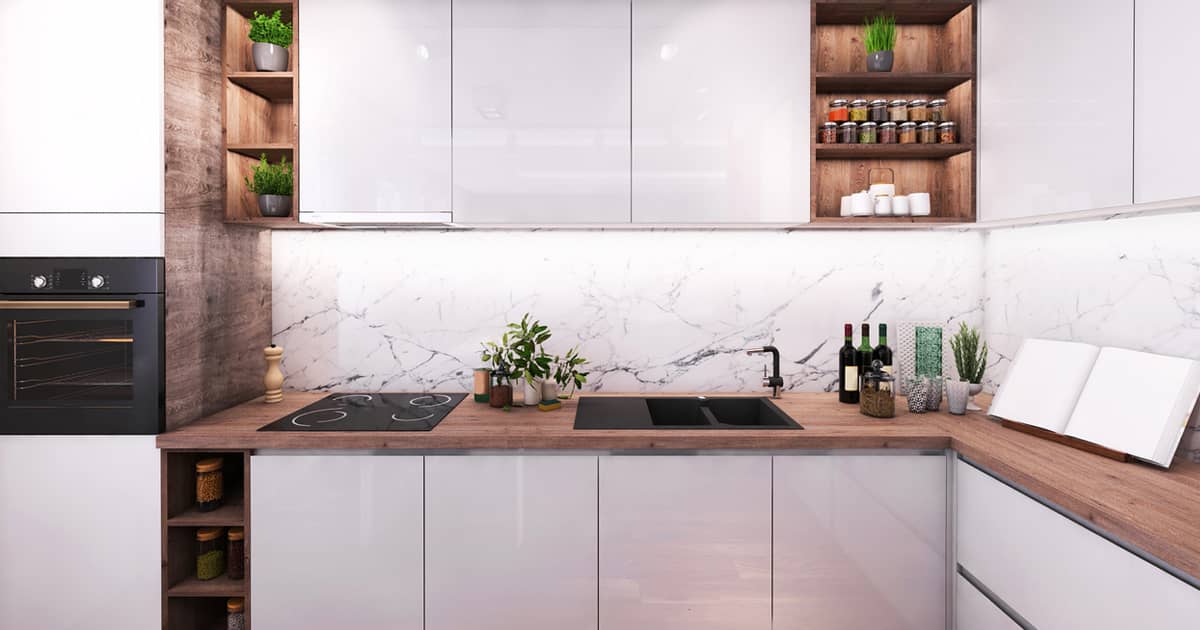Knowing what the key elements of cottagecore are is a good starting point but you can rely on a few additional suggestions to enjoy authenticity and visual harmony.
If you’re wondering where to start, begin with nature.
Look for fabrics and materials that are completely non-synthetic. Cotton, linen, silk, wool, wood, marble, all kinds of metals, rope, natural leather and even foraged finds like tree branches and roots are all excellent choices.
Anyone who’s into sewing, carpentry, painting or embroidery can also opt for the DIY route. Not only will such an approach result in genuine and unique pieces, it will also fit the sustainability element that’s so vital for cottagecore homes.
When you’re done with those elements, continue bringing nature to your home. Living nature, that is. Plants can liven up any home. They’re key to adding lushness to a cottagecore place. Even if you’re not a very meticulous plant parent, there are still some easy to care for options that will thrive without frequent watering and additional care.
You can also opt for bunches of dried flowers and herbs, dried leaf art pieces and all other natural findings that can be used to make your interior more ornate – shells, feathers, pebbles – these are just some of the possibilities.
And here’s one final tip for the long-run – continue being on the lookout for vintage and second-hand treasures. They will match the overall feel of your home, giving you authenticity and a lot of originality you wouldn’t come across in mass-manufactured pieces.
Reclaimed and refurbished items are also a great choice for cottagecore homes. If you find an old chair that you don’t like in terms of colour or upholstery, for example, you can easily switch things up. Not only will a vintage piece get a second life, it will also receive an opportunity to become updated and much more contemporary.
As you can see, it’s quite easy to have a lot of fun with cottagecore interior design. When you’re done with the execution, you’ll be left with a comfortable and stylish home you’ll feel excited to get back to in the end of the day. Cottagecore is all about the little details, the materials, the textures and the finishes that make you feel warm and fuzzy inside. As such, it’s a breath of fresh air in a world that’s become excessively technological and industrialised.
If you’d like to take cottagecore to the next level and ensure visual consistency, work with an interior design team will make the most sense.
Home Guide is a home interior design company can take a cottagecore concept and make it just right for your home. Not just that, we’ll also help out with precise and important elements like the selection of the right materials, colour schemes and furniture pieces. If you need a home renovation contractor to execute the changes, we’ll handle that aspect of the work, as well, and get the right people for the job. Contact us now to get started.
